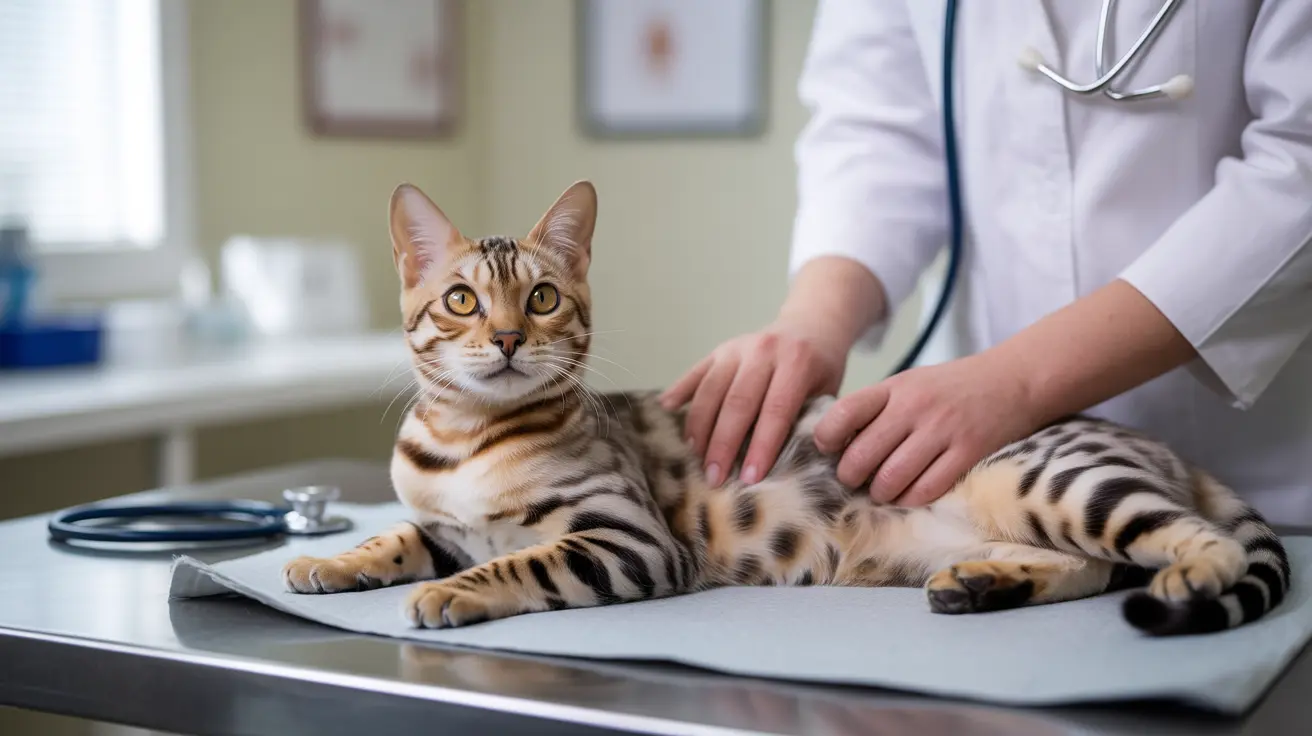Understanding Prednisolone for Cats
When your veterinarian prescribes prednisolone for your cat, it's important to understand both its benefits and potential side effects. Prednisolone is a synthetic corticosteroid commonly used to treat various feline conditions, from allergies to autoimmune diseases. While it's highly effective, being informed about possible side effects can help you better monitor your cat's response to treatment.
This powerful medication works by suppressing inflammation and modifying immune system responses. Unlike prednisone, prednisolone is specifically preferred for cats because their bodies process it more effectively, leading to better therapeutic outcomes.
Common Short-Term Side Effects
Most cats experience some initial side effects when starting prednisolone treatment. These typically appear within the first few days to weeks and are usually manageable:
- Increased thirst and urination
- Heightened appetite
- Changes in behavior or mood
- Mild lethargy
- Panting
- Digestive changes
These effects often stabilize as your cat's body adjusts to the medication, but it's important to keep your veterinarian informed of any changes you observe.
Long-Term Effects and Concerns
Extended prednisolone use can lead to more significant side effects, particularly when administered for periods longer than two weeks:
Physical Changes
- Weight gain
- Muscle weakness
- Pot-bellied appearance
- Changes in coat quality
- Delayed wound healing
Internal Health Impact
- Increased risk of infections
- Potential development of diabetes
- Elevated blood pressure
- Gastrointestinal issues
- Suppressed immune system
Monitoring Your Cat During Treatment
Regular monitoring is crucial when your cat is on prednisolone. Keep track of:
- Changes in drinking and eating habits
- Activity levels and behavior
- Weight fluctuations
- Any signs of illness or infection
- Urination patterns
Your veterinarian may also recommend periodic blood tests to monitor organ function and blood sugar levels, especially during long-term treatment.
Safe Administration Guidelines
To minimize side effects and ensure the best outcome:
- Never adjust dosage without veterinary guidance
- Follow the prescribed schedule carefully
- Don't stop treatment abruptly
- Keep all follow-up appointments
- Report any concerning symptoms promptly
Frequently Asked Questions
What are the common side effects of prednisolone in cats and how soon do they appear?
Most cats show increased thirst, appetite, and urination within the first few days of treatment. Behavioral changes and digestive issues may also occur early in treatment. These initial side effects often stabilize as treatment continues.
How should prednisolone be dosed and tapered in cats to minimize side effects?
Dosing typically starts higher and gradually decreases as symptoms improve. Never adjust dosing without veterinary guidance. Tapering is crucial to prevent withdrawal effects and must be done under professional supervision.
Can long-term prednisolone use cause serious health problems in cats?
Yes, extended use can lead to diabetes, muscle weakness, increased infection risk, and other health issues. Regular veterinary monitoring helps identify and manage these risks early.
What signs should make me contact my vet if my cat is taking prednisolone?
Contact your vet immediately if you notice severe lethargy, vomiting blood, black stools, excessive thirst/urination, or any signs of infection. Sudden behavioral changes also warrant attention.
How does prednisolone affect diabetic cats or cats with other health conditions?
Diabetic cats may require insulin adjustments while on prednisolone. Cats with other health conditions need closer monitoring and may require modified dosing schedules. Always inform your vet of any existing health conditions.
Conclusion
While prednisolone can be a vital medication for many cats, understanding and monitoring its side effects is crucial for successful treatment. Work closely with your veterinarian to ensure the benefits outweigh the risks, and maintain regular check-ups throughout the treatment period. With proper management and vigilant observation, most cats can safely complete their prescribed course of prednisolone therapy.






